同相放大器-The Non-Inverting Amplifier
Figure 2 shows a high input impedance non-inverting circuit. This circuit gives a closed-loop gain equal to the ratio of the sum of R1 and R2 to R1 and a closed-loop 3 dB bandwidth equal to the amplifier unity-gain frequency divided by the closed-loop gain. The primary differences between this connection and the inverting circuit are that the output is not inverted and that the input impedance is very high and is equal to the differential input impedance multiplied by loop gain. (Open loop gain/Closed loop gain.) In DC coupled applications, input impedance is not as important as input current and its voltage drop across the source resistance. Applications cautions are the same for this amplifier as for the inverting amplifier with one exception. The amplifier output will go into saturation if the input is allowed to float. This may be important if the amplifier must be switched from source to source. The compensation trade off discussed for he inverting amplifier is also valid for this connection.

圖2給出了一個高輸入阻抗,同相放大器電路的電路。其閉環放大倍數為(R1+R2)/R1,其閉環3dB帶寬為其單位增益帶寬除以其閉環增益。和反相電路相比,其最大的不同點在于,其輸出信號和輸入信號是同相的,其輸入阻抗也是相當高的,為OP差模輸入阻抗與環路增益的乘積(環路增益為:開環增益/閉環增益)。在直流耦合情況下,輸入阻抗對于OP電路的影響作用比起輸入電流,主要是由于其在信號源內阻上所帶來的壓降來說,是在次要地位的。對于本電路的應用注意事項,除了一點之外均和反相放大器相同:在輸入端懸浮的狀態下,本電路的輸出可能飽和。這點在要求OP輸出電壓范圍能夠達到電源電壓范圍的時候很重要。對補償的討論和反相放大器相同。
 電子發燒友App
電子發燒友App







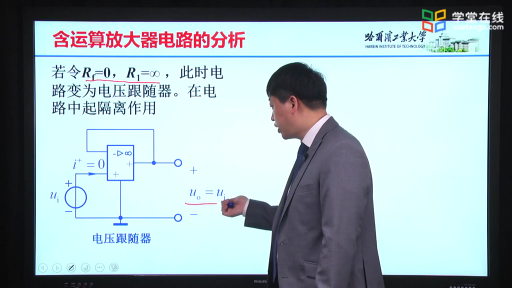



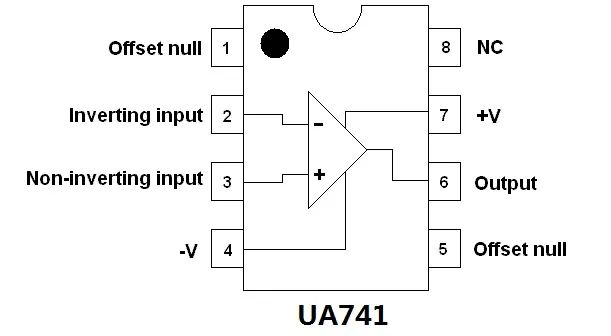







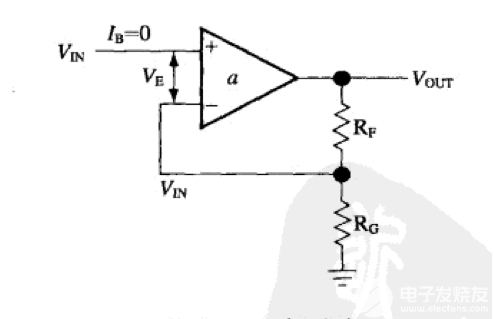












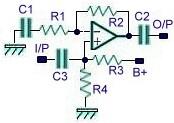

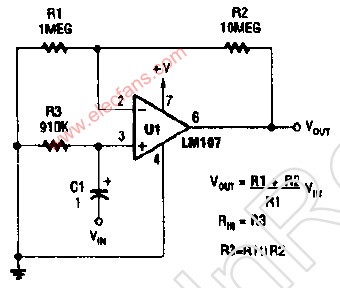








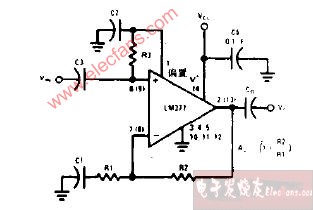













評論